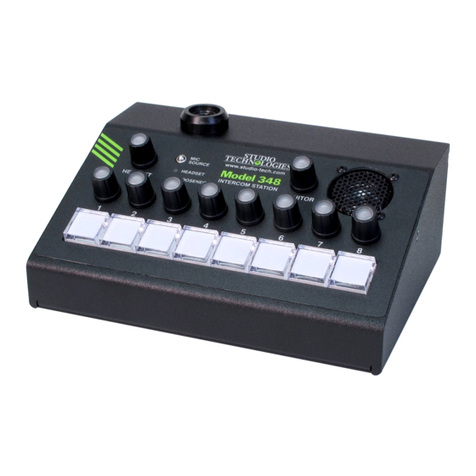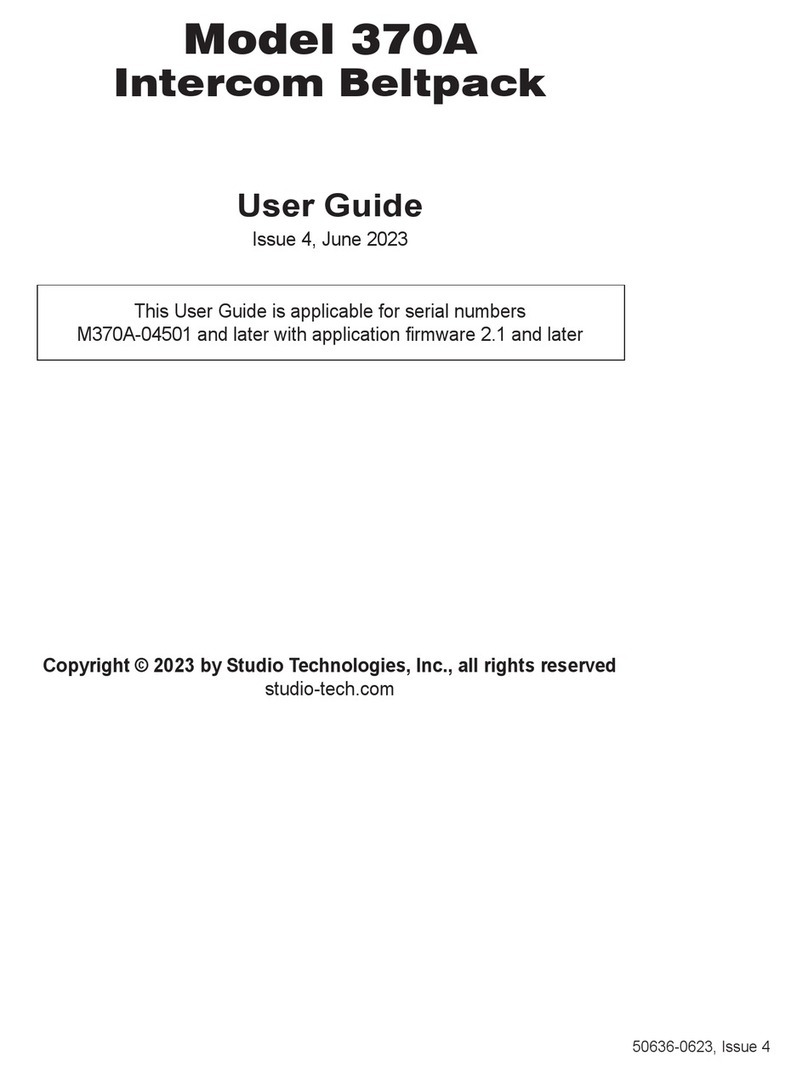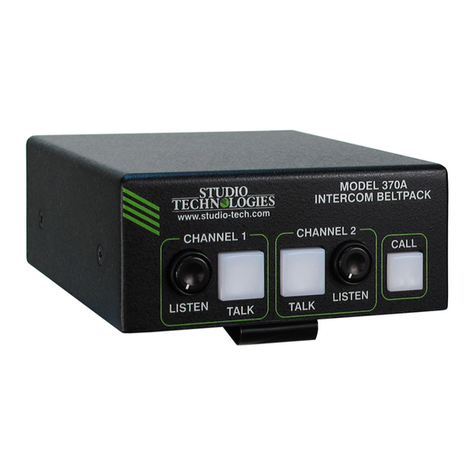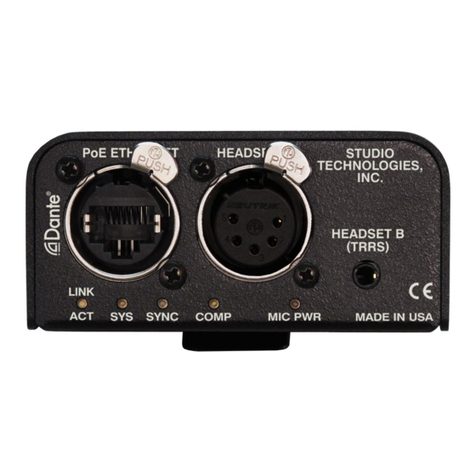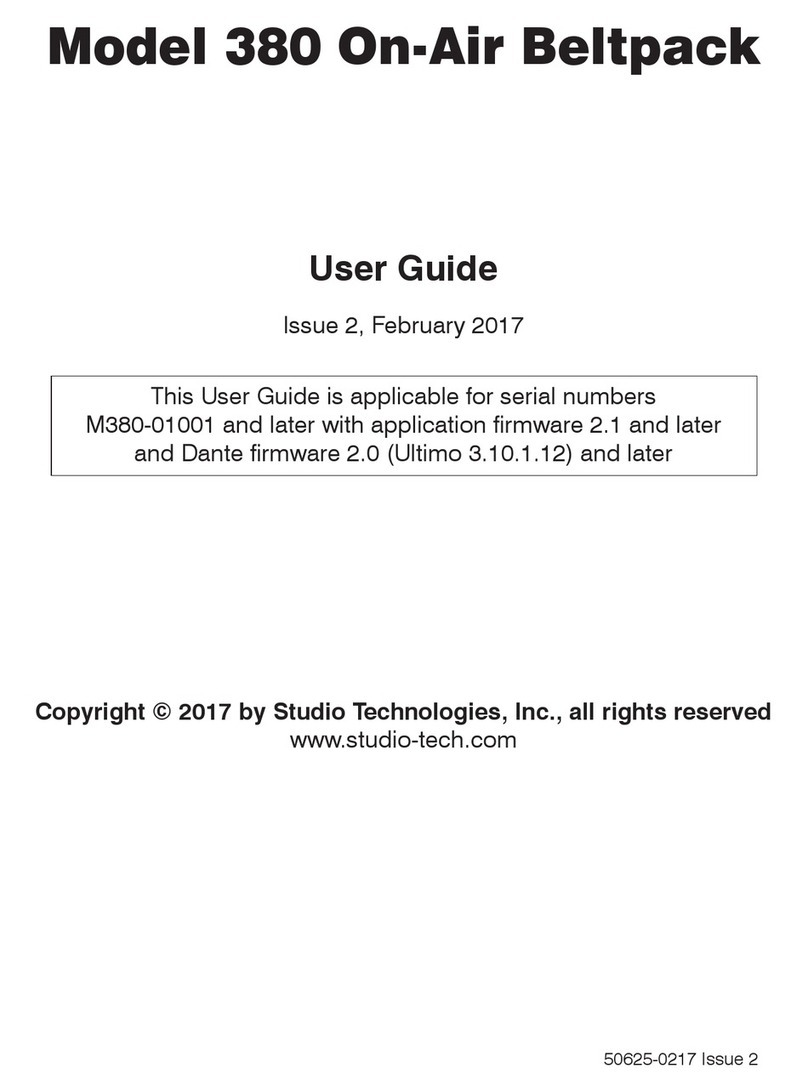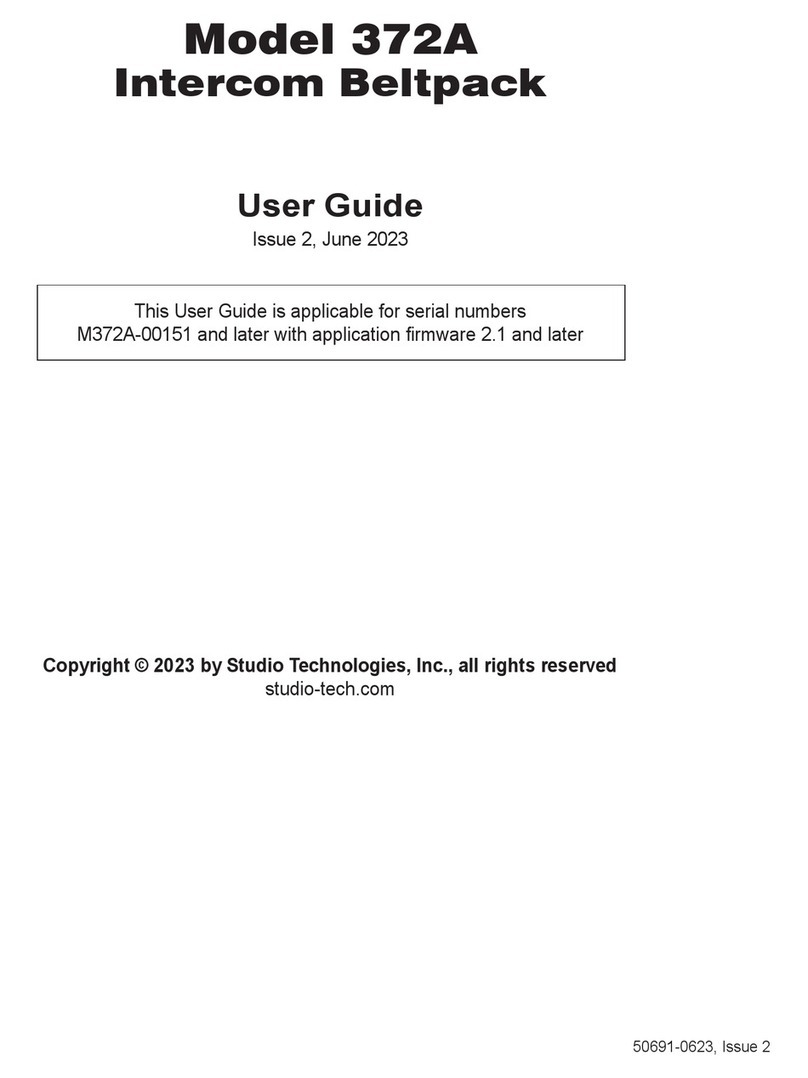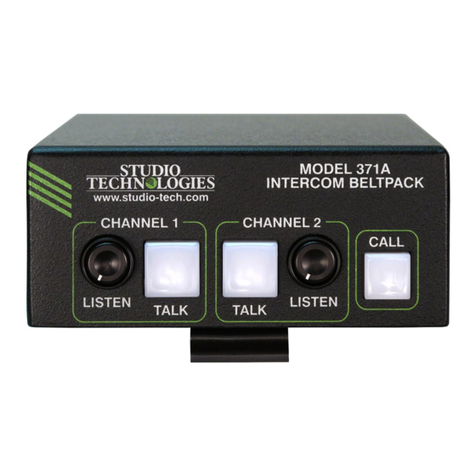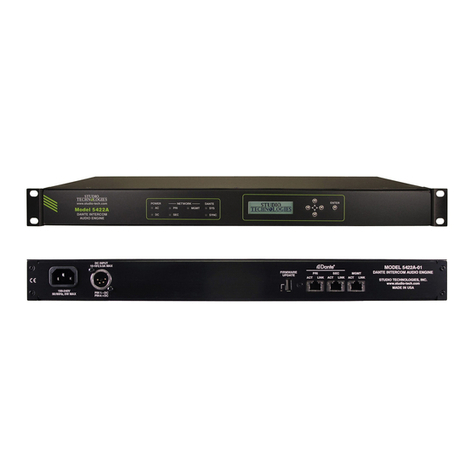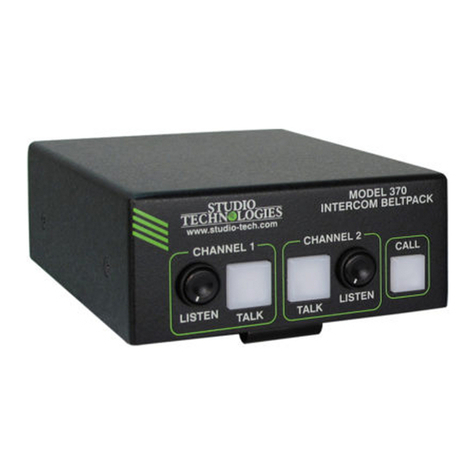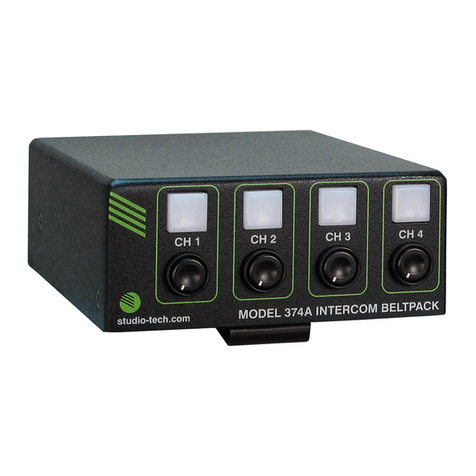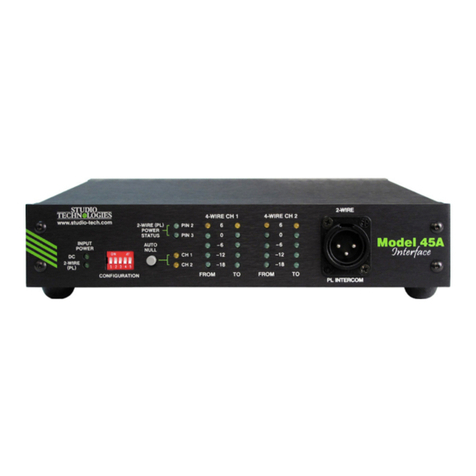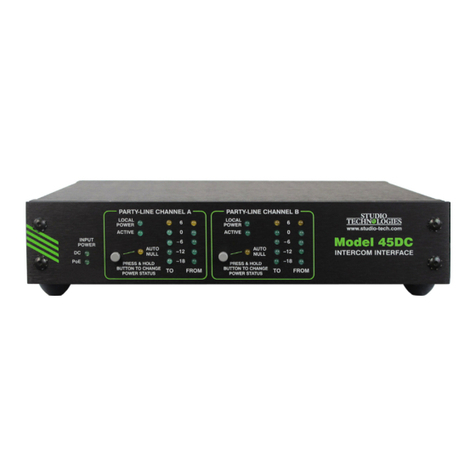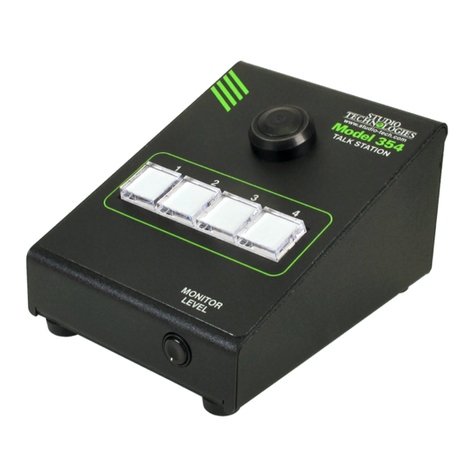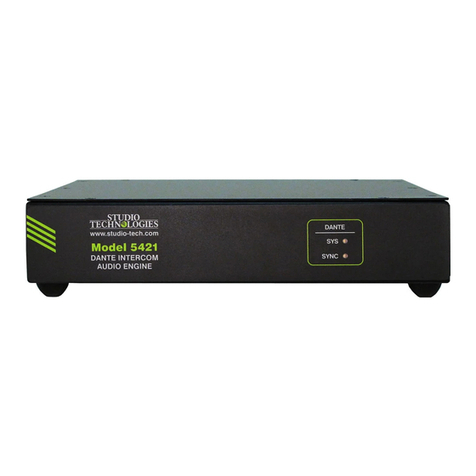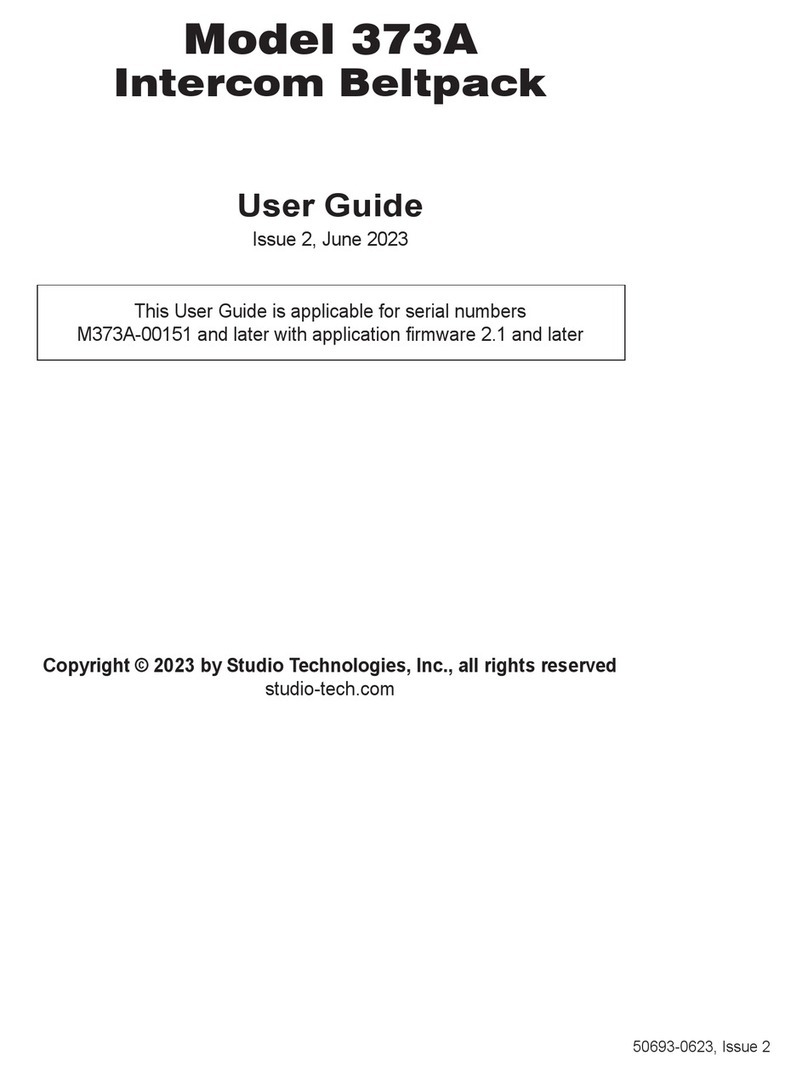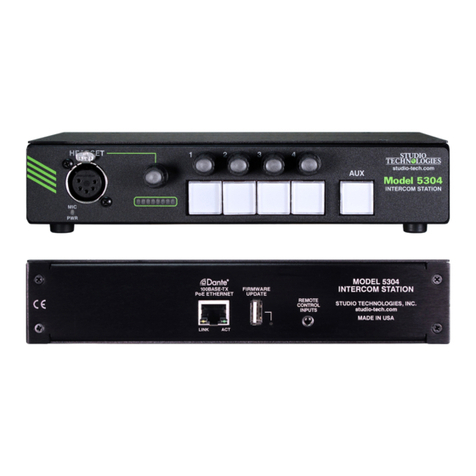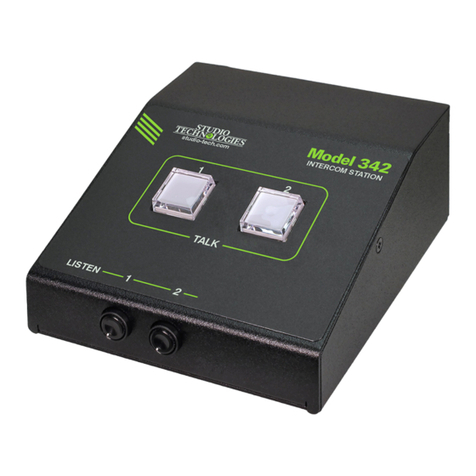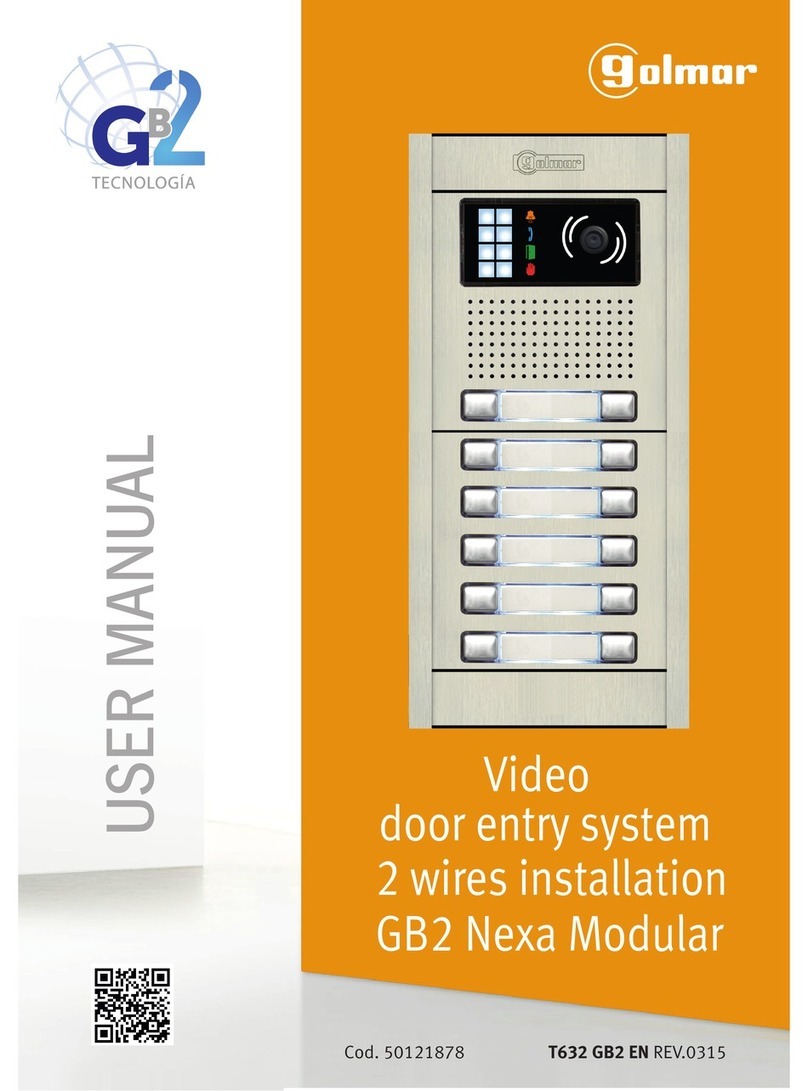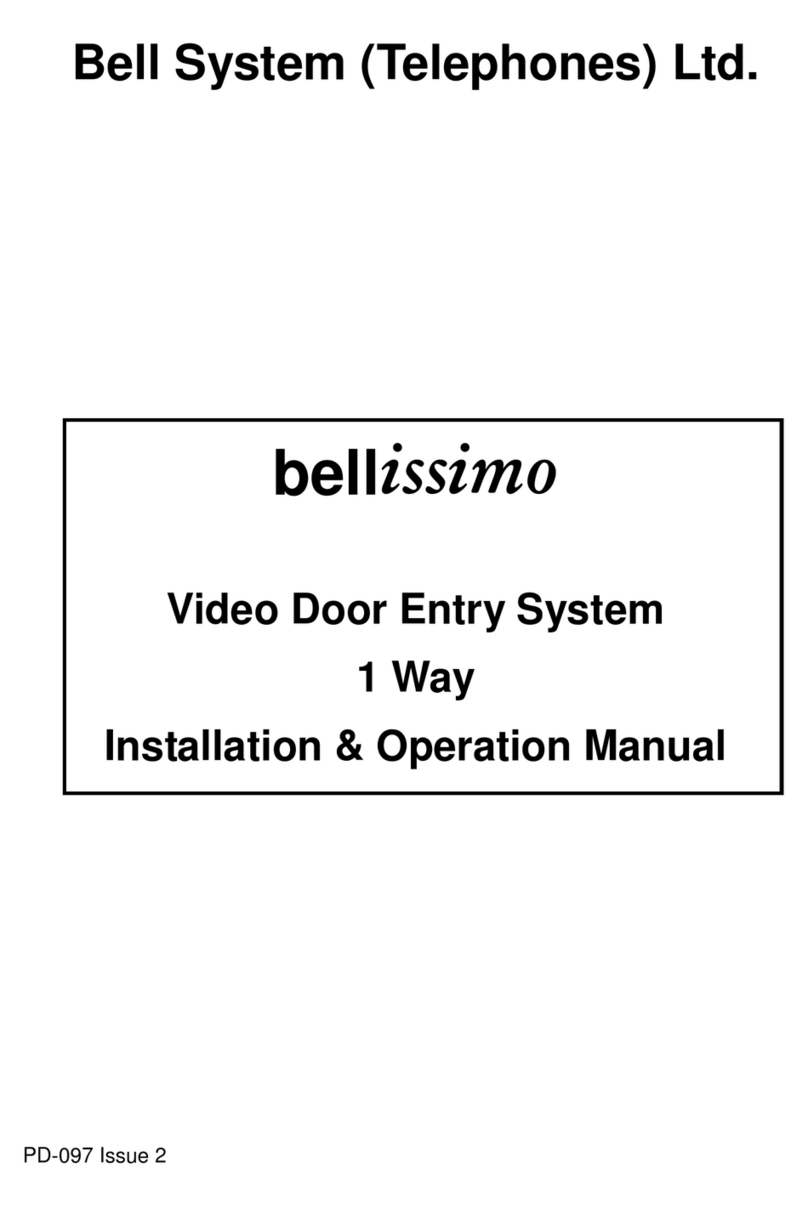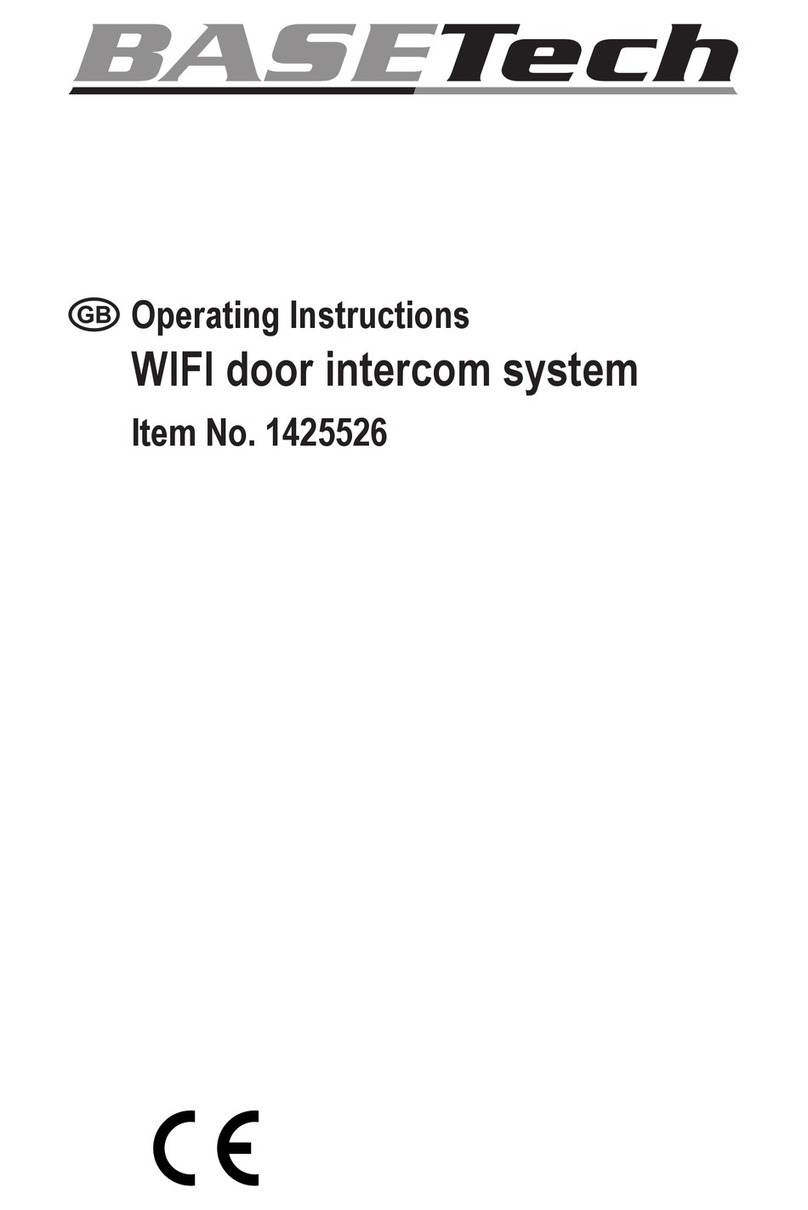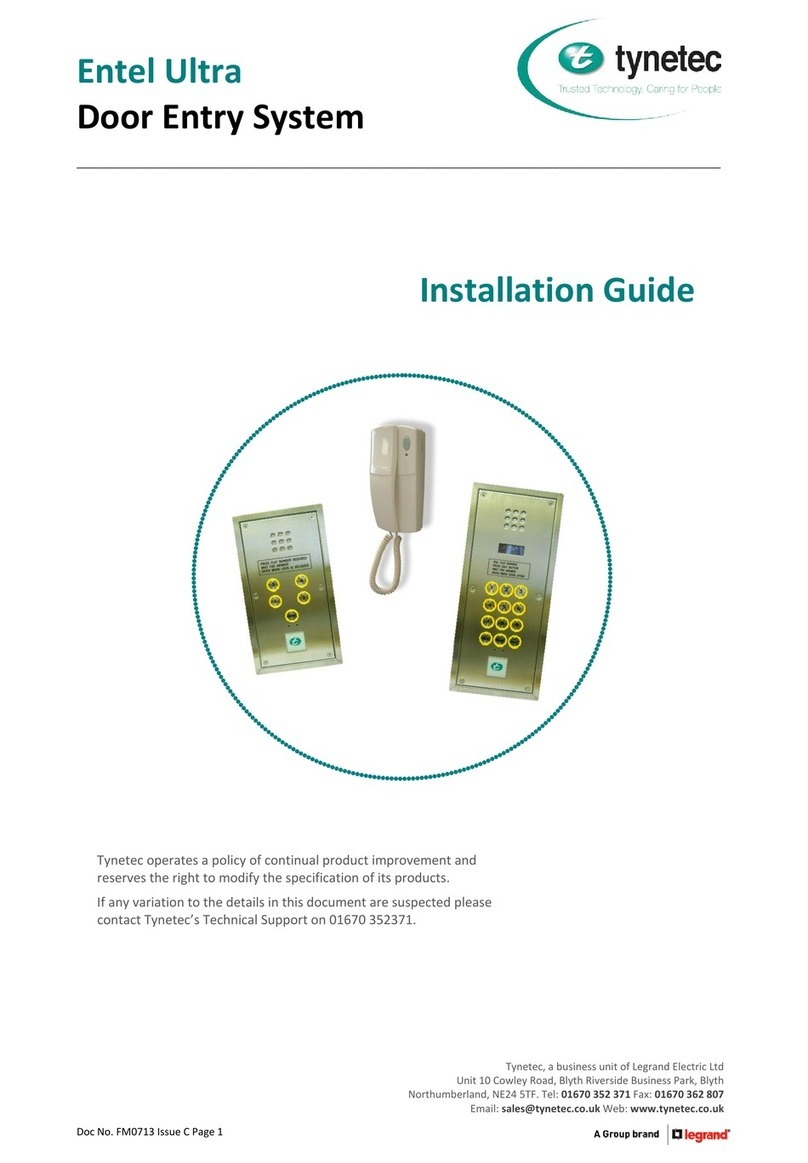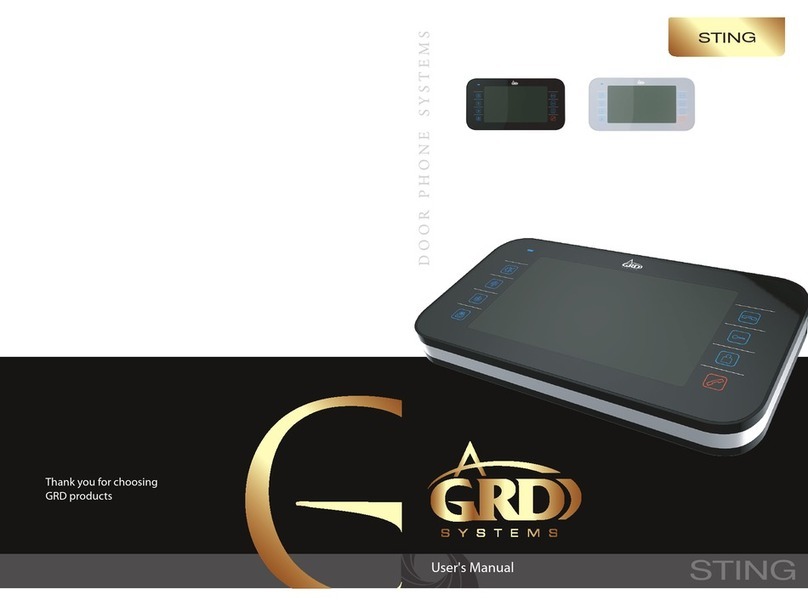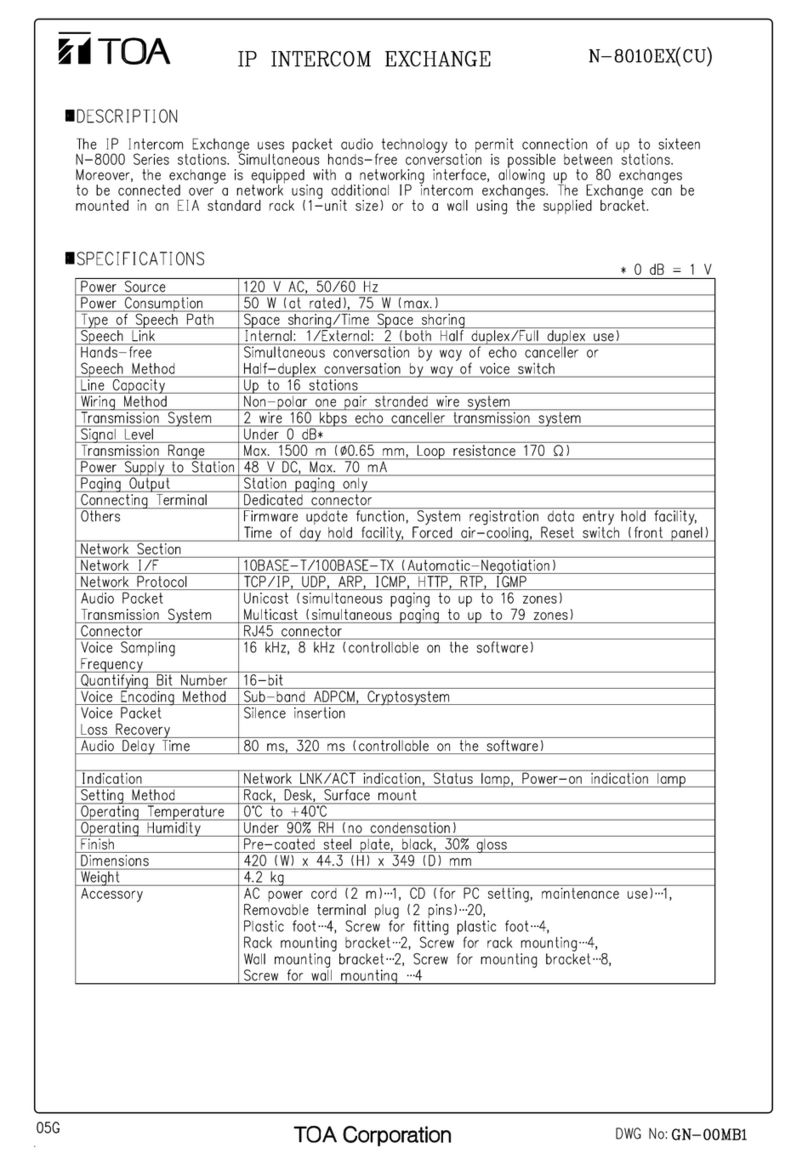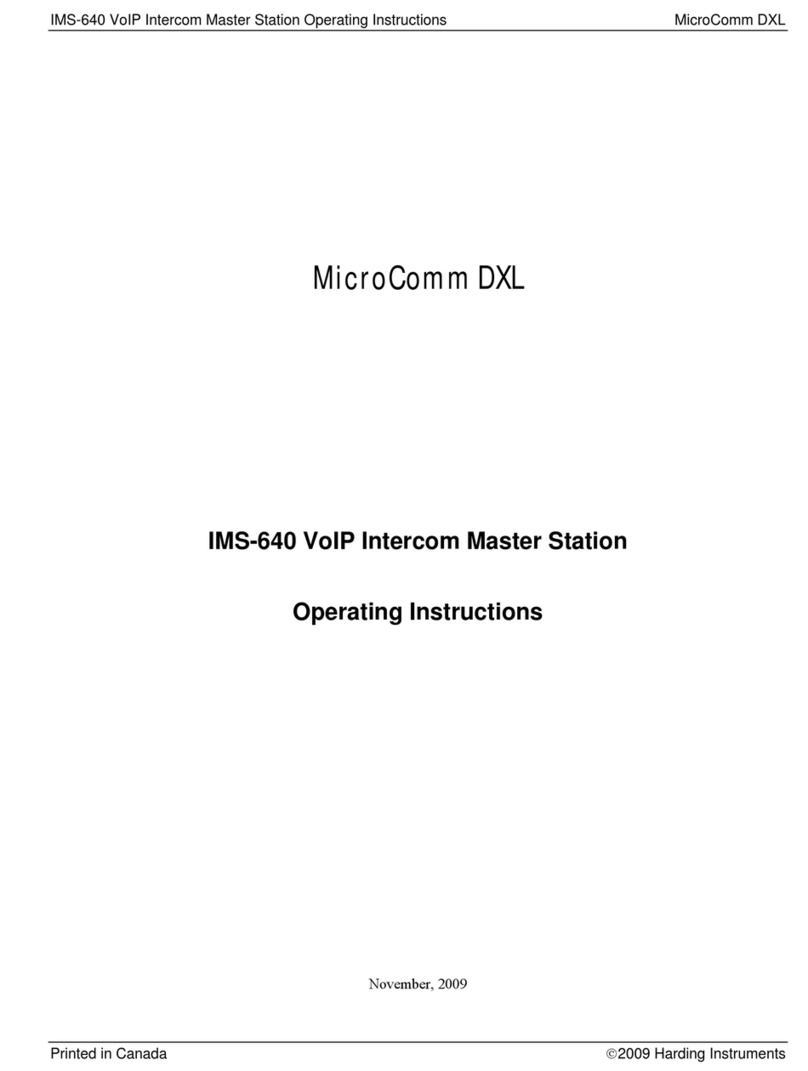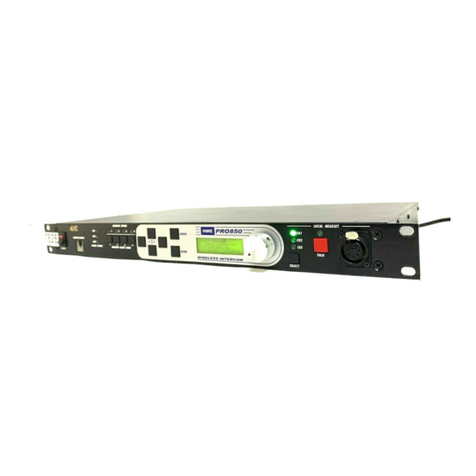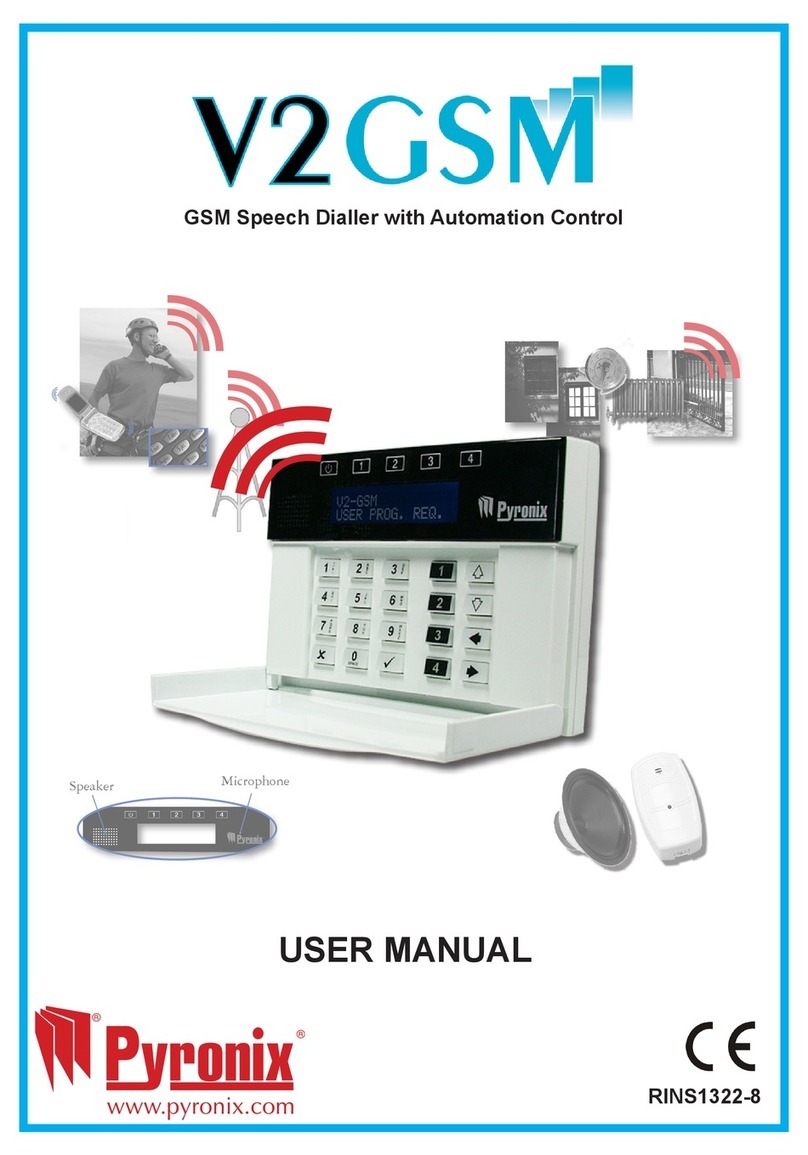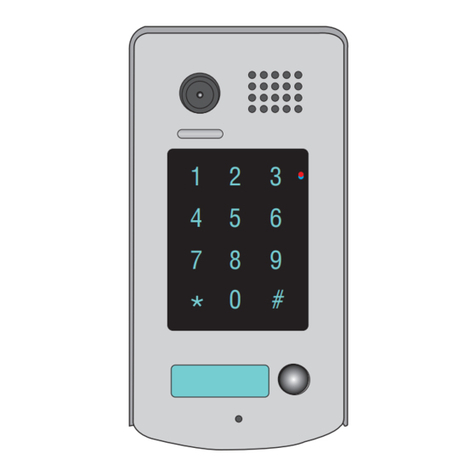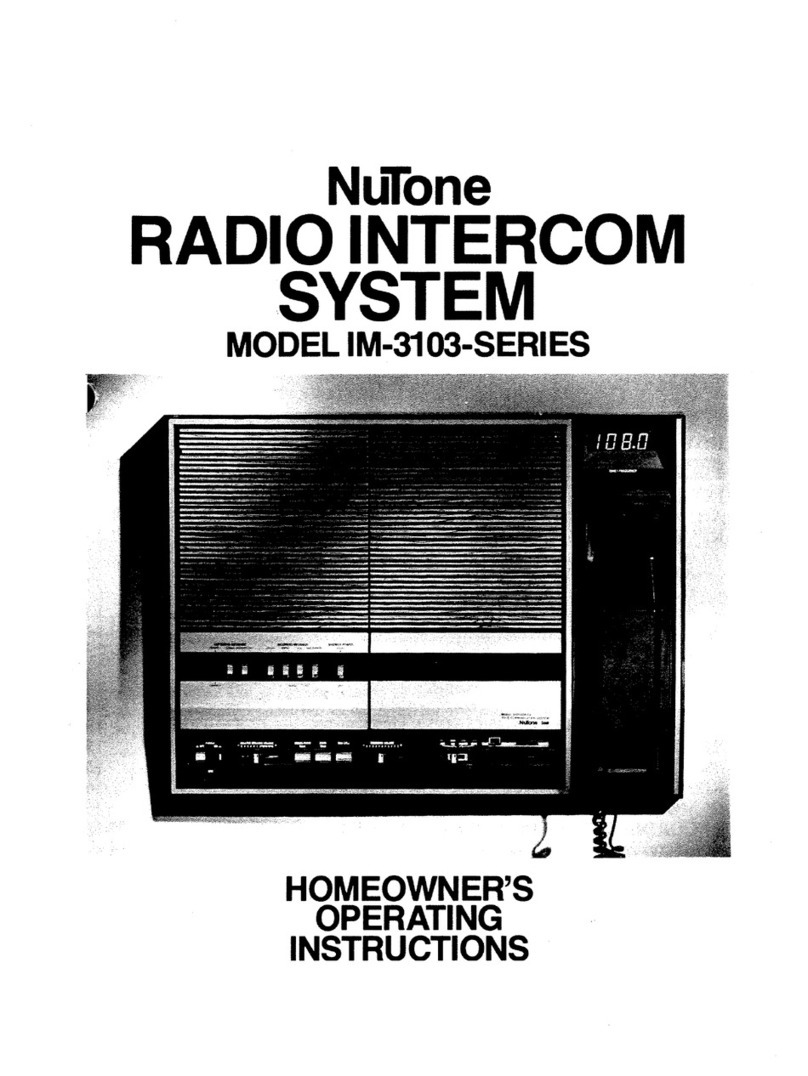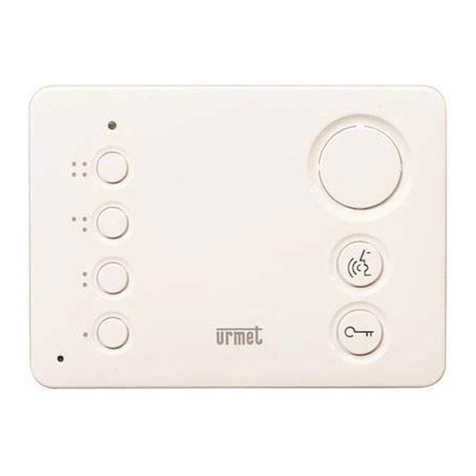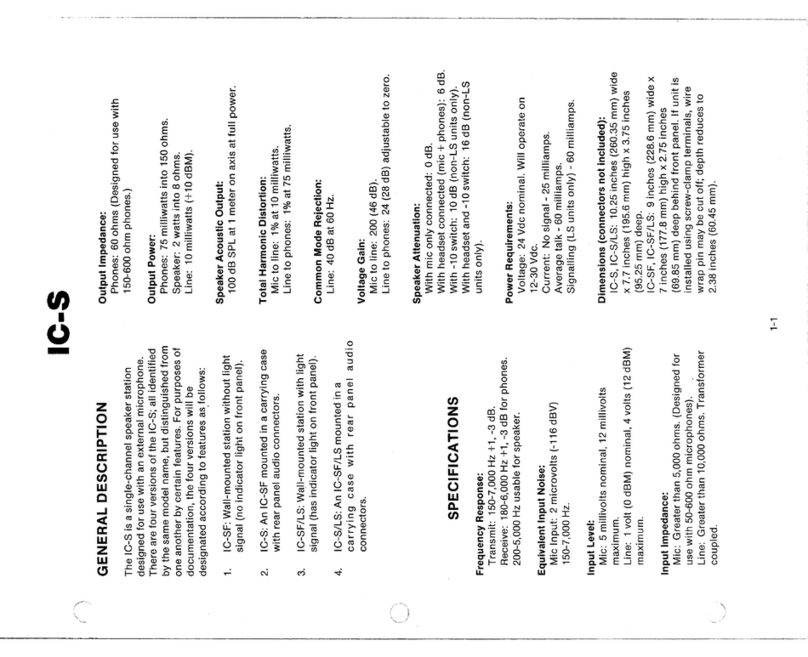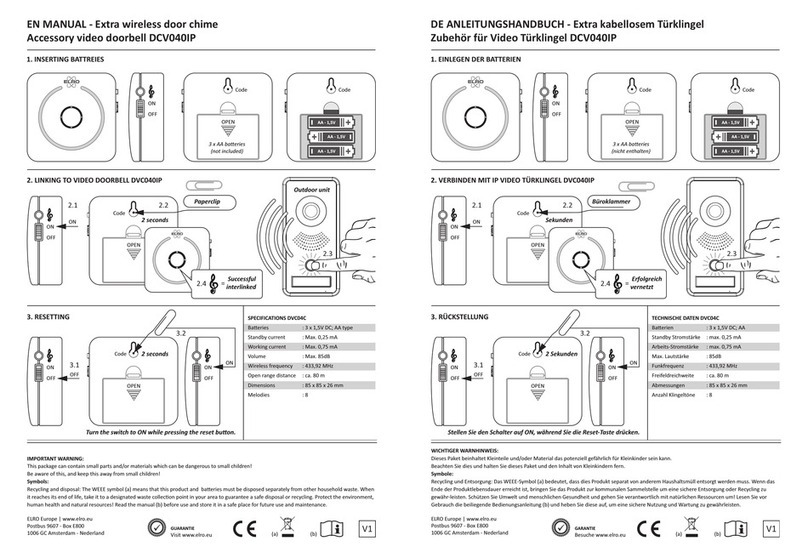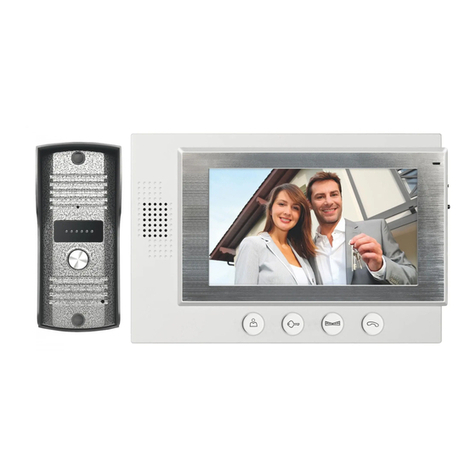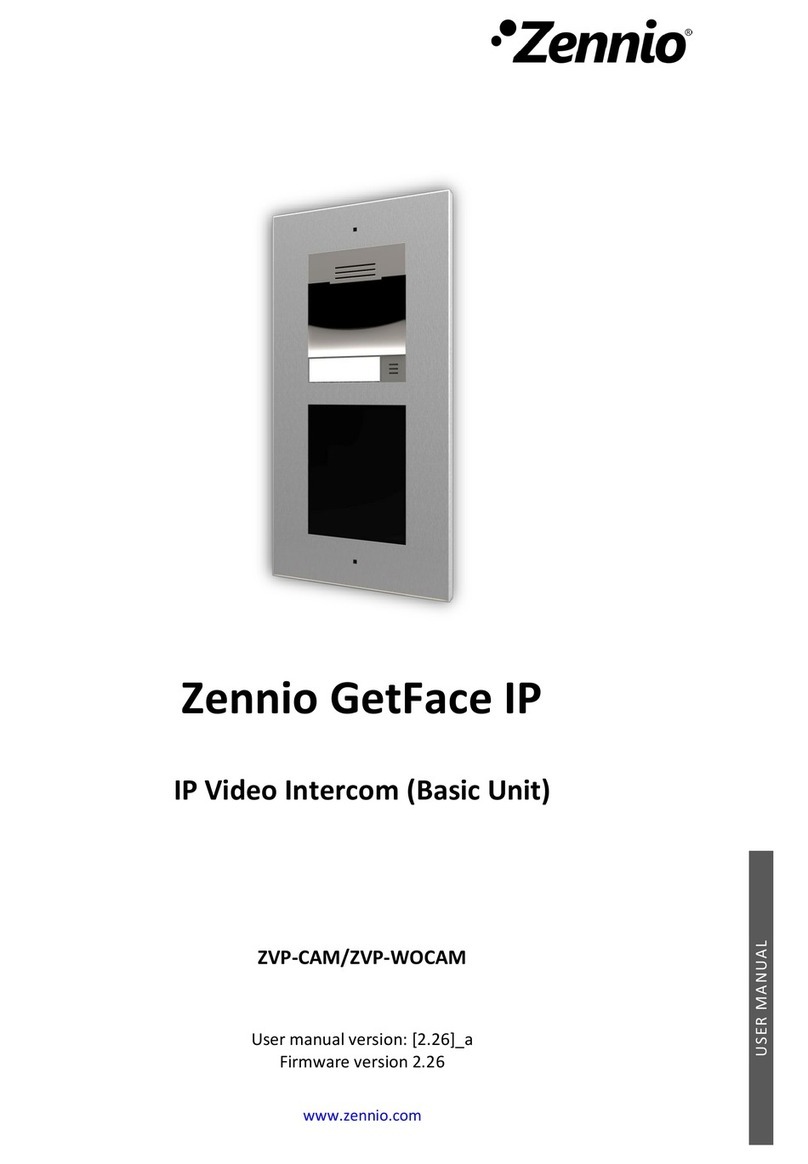
Issue 2, March 2017 Model 371 User Guide
Page 6 Studio Technologies, Inc.
circuit design and rugged components en-
sure long, reliable operation. A wide range
of applications can be supported, including
TV, radio, and streaming broadcast events,
corporate and government AV installations,
and industrial facilities.
Dante Audio-over-Ethernet
Audio data is sent to and received from
the Model 371 using the Dante audio-over-
Ethernet media networking technology. As
a Dante-compliant device, the Model 371’s
two output (Dante transmitter) and two in-
put (Dante receiver) audio channels can be
assigned to other devices (routed) using
the Dante Controller software application.
The Dante transmitter and receiver chan-
nels are limited to supporting four Dante
flows, two in each direction. The digital
audio’s bit depth is 24 with a sampling rate
of 48 kHz. Two bi-color LEDs provide an
indication of the Dante connection status.
The Dante Controller’s identify command
takes on a unique role with the Model 371.
Not only will it cause the talk button LEDs
to light in a unique highly visible sequence,
it will also turn off any active talk channels.
Audio Quality
The Model 371’s completely “pro” perfor-
mance really bucks the reputation of
“intercom audio.” A low-noise, wide
dynamic-range microphone preamplifier
and associated voltage-controller-amplifier
(VCA) dynamics controller (compressor)
ensures that input audio quality is pre-
served while minimizing the chance of
signal overload. The output of the micro-
phone preamp and compressor is routed
to an analog-to-digital conversion (ADC)
section that supports a sampling rate of
48 kHz with a bit depth of up to 24. The
audio signal, now in the digital domain,
routes through the processor and on to
the Dante interface section where it is
packetized and prepared for transport
over Ethernet.
Audio input signals arrive via the Dante
receiver channels and pass into the
Model 371’s processor. The sampling
rate is 48 kHz with a bit depth of up to 24.
Headphone level control, channel mixing
(combining), and sidetone creation are
performed in the digital domain. This pro-
vides flexibility, allows precise control, and
keeps the three user level potentiometers
(channel 1, channel 2, and sidetone) from
having to directly handle analog audio
signals. The two audio channels destined
for the headphone output are sent to a
high-performance 2-channel digital-to-
analog converter and then on to a robust
driver circuit. High signal levels can be
provided to a variety of headsets, head-
phones, and earpieces.
Call Function
A call function allows Model 371 users to
send and receive channel-specific visual
alert signals. Pressing the dedicated call
button on the top of a unit is all that’s re-
quired to signal other users that attention
is requested. Using 20 kHz tones, the call
signals are sent within the audio chan-
nels (“in band”) allowing interoperability
between multiple Model 371 units as well
as being compatible with legacy party-
line intercom systems. Call signals can
be useful to indicate to users that they are
needed “on headset” or should be actively
listening to an intercom channel. The call
function can also be used to provide real-
time cues to production personnel during
the running of live events.



















